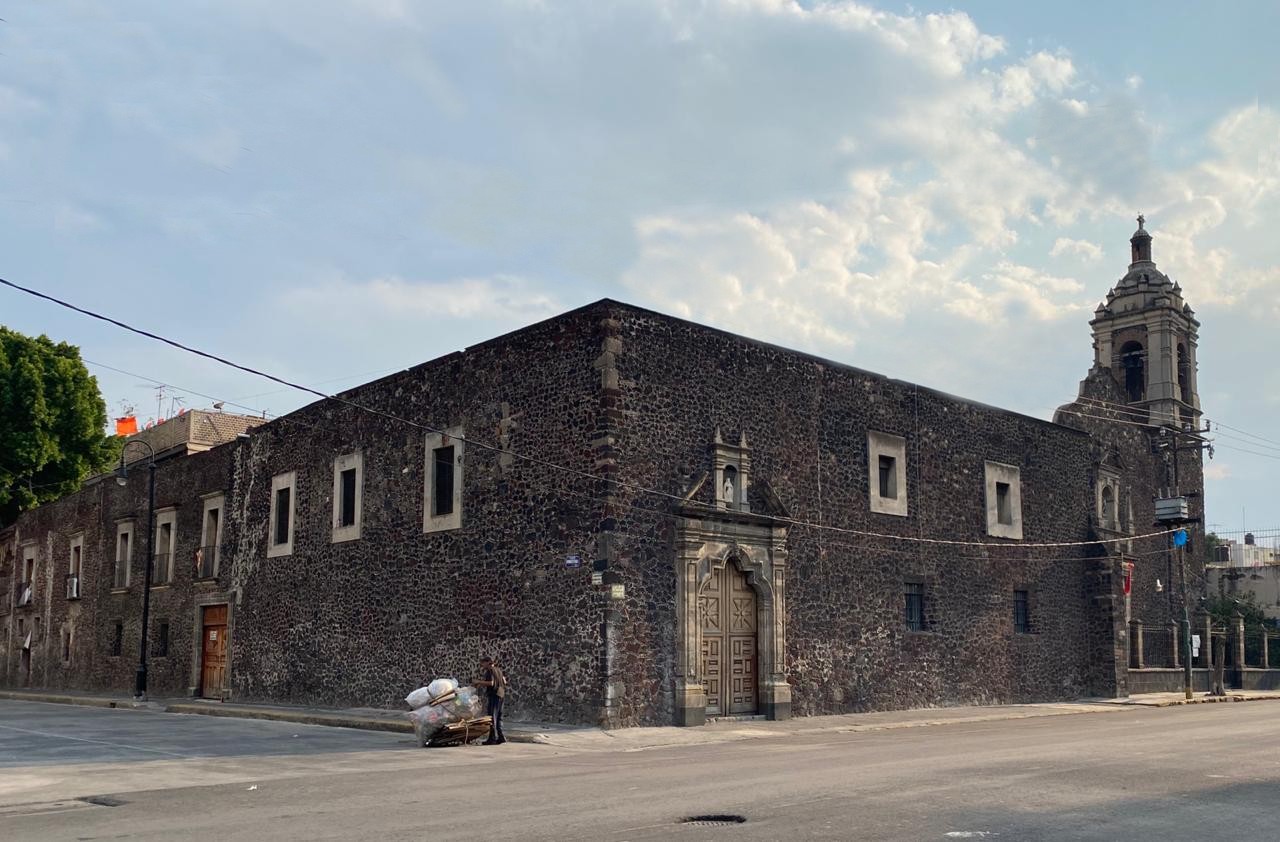
San Sebastián Atzacoalco is a striking, very old neighborhood in the Mexico City Centro Histórico. Frequently crowded with street commerce, don’t let the puestitos and umbrellas prevent you from seeing the church and hospital complex.
Atzacoalco means “place of the floodgate or the dam” in Nahuatl. It’s one of the four original neighborhoods into which old Mexico-Tenochtitlan was divided. With the arrival of the Spanish, these were renamed Santa Maria Cuepopan, San Pablo Zoquipan, San Sebastian Atzacoalco and San Juan Moyotlan. Central San Sebastián had a chapel built already by 1524, and already dedicated to Saint Sebastian.
Decades later, the first Carmelites arrived in 1585. The Viceroy then offered them this chapel. This soon led to conflict with the Franciscans already there. The Franciscans lost their argument and the Carmelites took over the territory.
They soon demanded even more space for not just a temple, but a Carmelite monastery too. This led to the Temple and Monastery of El Carmen just a few blocks away. San Sebastian, essentially a hermitage, was for the indigenous parishioners. The Carmelite brothers took to the El Carmen Temple and Monastery.
The chapel of San Sebastián had served as a temple, convent, novitiate, school, waxworks, and as a center for the administration of sacraments to the entire Parish of San Sebastián, mostly indigenous peoples. The Carmelites stayed until 1607, when they moved to their new convent at what is today’s Museo de el Carmen. The Augustinians then took over the San Sebastián parish and they remained until 1750.
The current building dates from the early 18th century. An earlier structure also included an annexed house which was soon converted to the hospital. With the departure of the Augustinians, the hospital continued to operate as a secular institution. By then it was very well-known for having cared for the local population during multiple severe epidemics that ravaged the neighborhood during the hospitals early years.
The church officially closed in 1926. Then a series of renovations began. One of the only churches in the city still supported by a wood frame, it’s not always survived the ravages of history well. The series of arches currently supporting the wood floor above make for a curious rehabilitation. It’s not one that’s by any means unsuccessful. The carved wooden pulpit is of particular note.
The Plaza Gregorio Torres Quintero, just north of the church, is named for the early 20th-century pedagogue and writer. It’s home to a mysterious tower, likely from the 19th century, but the presence of which has never been adequately explained.
 5526162584
5526162584

0.21 kms.
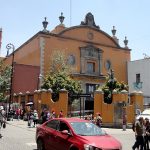
0.31 kms.

One of the Center City's most beautiful of Baroque chapels is almost at the southern edge of the island.
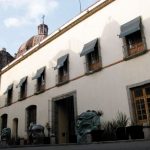
The former Santa Inés Church & Convent provides some lively competition on a City Center street.
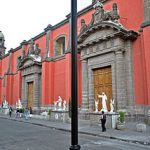
One of the city center's most illustrious former convents is still a sight to see.
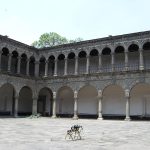
All that's left of the old monastery that named the neighborhood that's as "Mexico City" as any.

One of the 18th Century's best examples of the new Neo-Classicism, a church holds its own in La Merced.